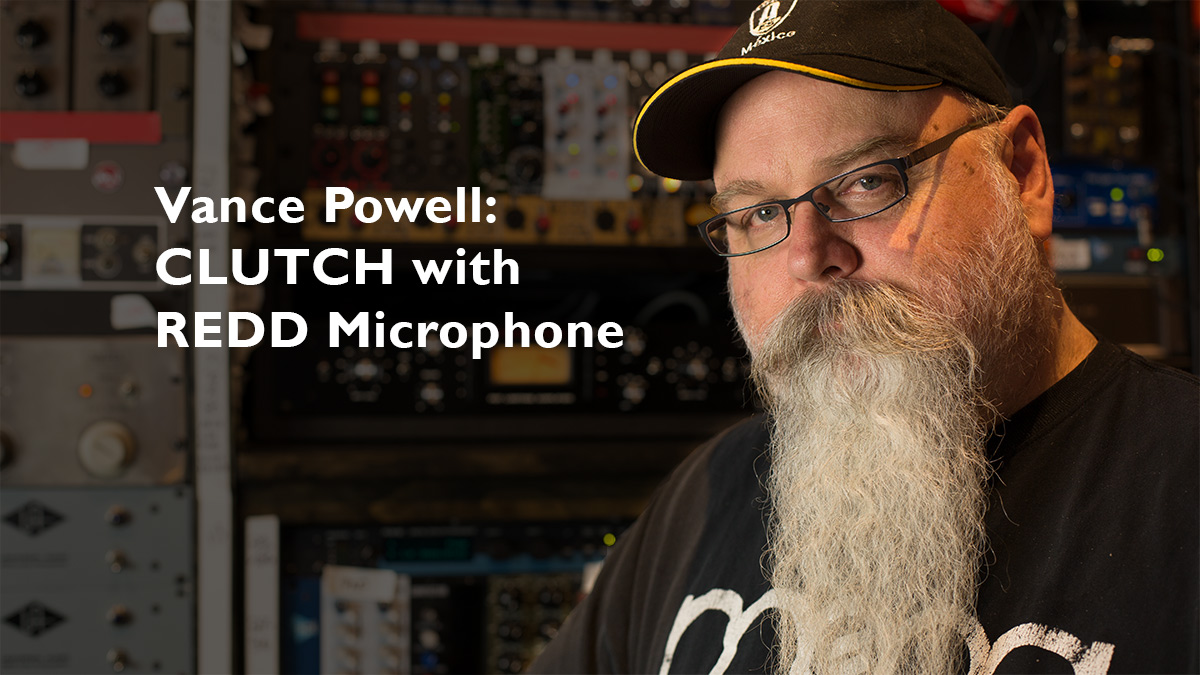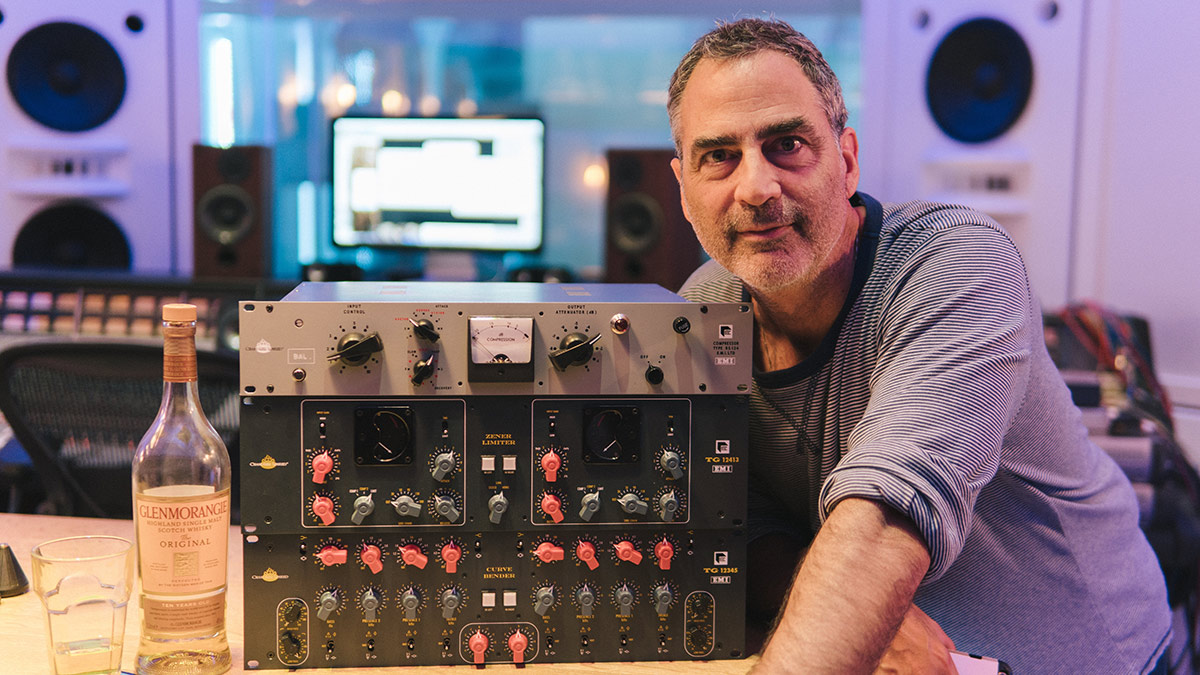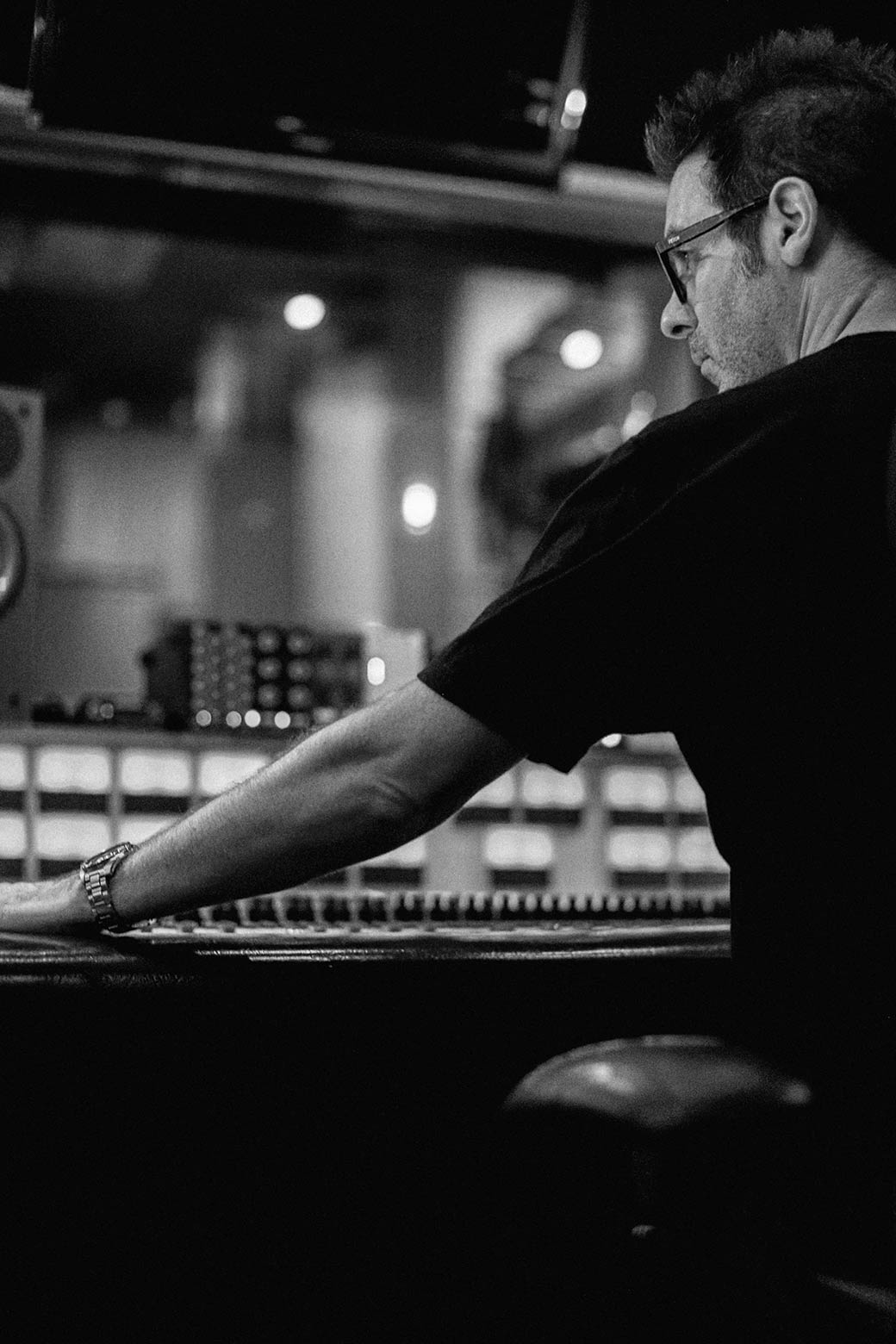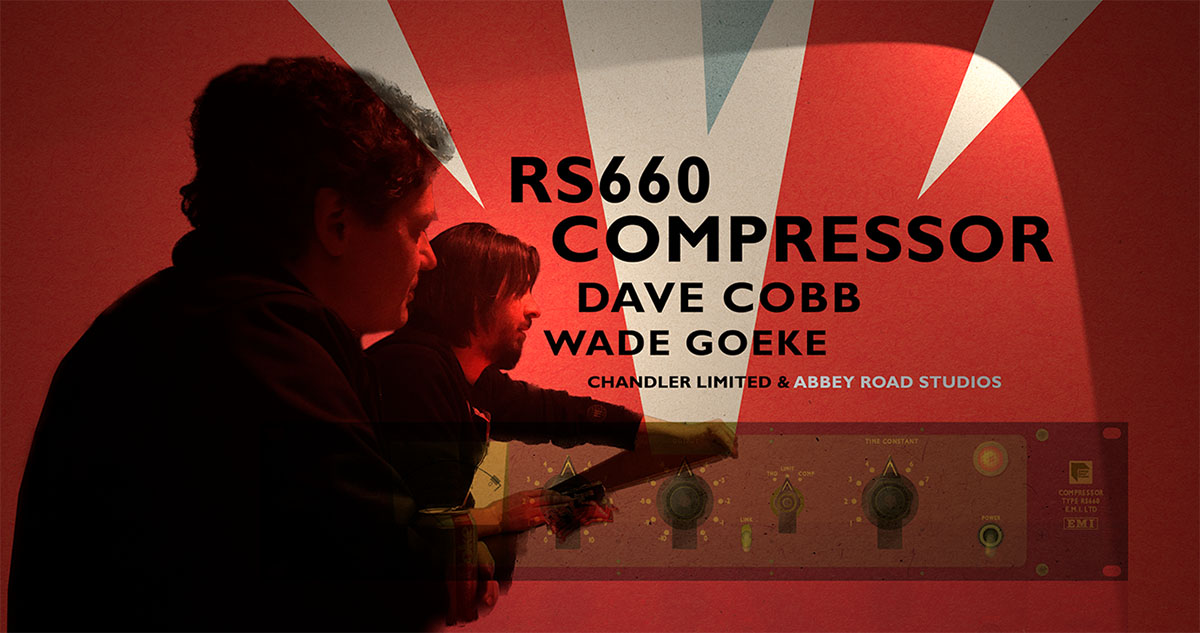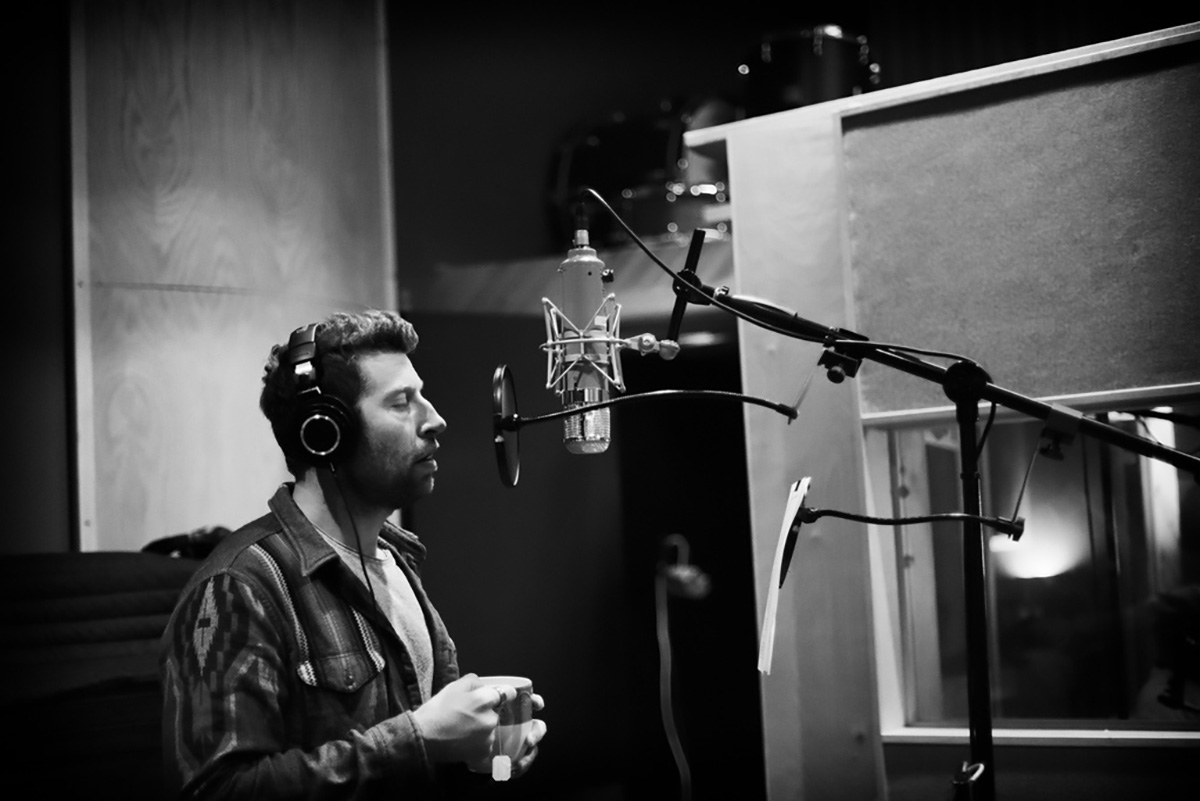CHANDLER TG CHANNEL
by: George Shilling
Resolution – Nov/Dec 2004
With the EMI derived product connection legitimized through a tie up with Abbey Road, Chandler has grown its range with its own take on a recording channel. Normally calm and objective GEORGE SHILLING finally loses it.
Most rock and pop engineers and producers have a fascination for the recordings of the Beatles. So it is surprising that it has taken so long for authentic reproductions of some of the recording gear used on those records to become widely available. Wade Goeke’s Chandler has painstakingly recreated several chunks of EMI TG consoles, and now works in association with Abbey Road (this association explains why earlier Chandler units were stripped of the prominent EMI logo. Ed).
The latest reproduction, the Channel (UK£1499 plus VAT), comprises a microphone preamp and a 3-band EQ in a 1u case. Having heard I was to receive one of these new units, I have to admit I was disappointed by the feature set – after all, an original TG desk I used had a limiter on every channel.
On the rear are XLR connectors for signal in, signal out, and (4-pin) power: the same type of PSU as used with the TG1 and TG2 is supplied (see Resolution V2.1 and V2.5). This can power any two units; it is a smallish box with a large power rocker switch, providing +/-24V and 48V phantom. However, there is no indication on the front panel of the unit itself that power is being received – you’ll just have to plug it in and listen.
Connections are transformer-balanced. The microphone preamp claims to be similar to the TG2, however, there is no DI input on the Channel and impedance is different. It features a stepped gain knob that goes up in 5dB steps from –15 to +55dB, followed by a rotary output fader. Four pushbuttons provide the usual mic/line switching, phase reversal, 48V phantom power on/off, and EQ bypass. In Line mode the same input connector and gain knobs are used but the input gain has a different scale, marked for +/-15dB ranges, although the knob, of course, still goes past these and indeed does provide further gain ranges above and below the labeled settings.
This dual I-O arrangement encourages overdriving the preamp by cranking the input and reducing the output, providing a crunchy transistor distortion. The Mic mode provides a higher input impedance than the TG2 – 2.4kohms – while the Line mode is 10kohms.
When I reviewed the TG2 I had some problems with hum, but this seems to have been solved with this unit – it was perfectly quiet. However, it also sounds different from the TG2 judging by my memory and the recordings I have from it. The Channel seems less honky and middly, but remains engaging, warm yet sparkly and crispy, and without the comparatively stark hardness of some other transistor designs. Everything recorded through this unit has a terrific depth and tangibility, with a magical EMI-style enhancement (We’re all getting the picture. Ed).
The derivation of the EQ circuit was more of a mystery to me, as I don’t recognize it from either of the two TG type consoles I have encountered. The circuit is a redesign apparently based on a contemporary mastering EQ, but it is quite a bit different from the TG console still in use at Abbey Road by expert mastering engineer Chris Blair. The TG Channel EQ section is 3-Band with High and Low Frequency Boost and Mid Cut, plus a Low Cut filter.
The High Frequency Boost section has shelf and peak on the same knobs, the mode of which depends on the frequency selected. The frequency selector comprises Shelf Boost at 16k, 12k, 8.1k, 6.8k and 1.2k. The legending is color-coded to indicate the different types. This knob is accompanied by a stepped gain knob that goes up in 2dB steps from 0 to 18dB.
The shelf boosts use a capacitor circuit, while the peaks use inductors and capacitors for a juicy, musical character. There is also a toggle switch for a HiQ setting that sharpens the peak. It sounds jolly lovely, sweet, soft and fluid, making the signal leap out of the speakers. The peak boost’s Q factor varies with the amount of boost and, although simple, this section provides a wide variation of lovely enhancement.
The Mid Cut has a range of six frequencies to choose with a cut range of 0 to –20dB in 2dB steps. Lower frequencies have a fairly sharp Q, which is useful for notching out mush and flab, while the higher ones are wider for a more gentle effect.
The Low Boost is similar to the High Boost with its combined peak and shelf frequency selector, although here there is some crossover of frequencies with 100Hz and 200Hz turnover frequencies on both sections, along with 50Hz and 70Hz peaks. A massive 20dB boost is possible. The Low Boost is big and warm, and very open sounding. The Low Cut claims to roll off below 100Hz and sounds quite severe. However, by combining this with a Low Boost the bottom end can be tightened considerably in a very useful way – it can sound absolutely stunning.
I wanted to use this EQ for absolutely everything as it sounds truly fabulous, and I kept wishing I had a pair for stereo. Despite the large boost and cut available, it never sounds harsh or wrong. The character of the transformer-balanced inputs and outputs and the excellent mic pre, combined with a rather unusual and particularly sweet sounding EQ makes the TG Channel a winning combination.

